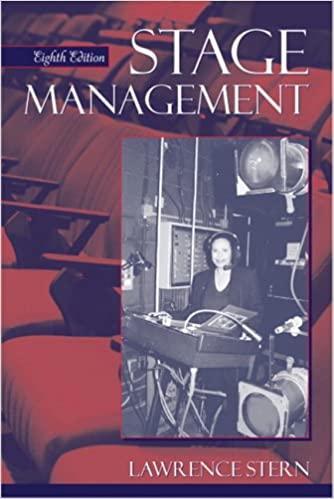Question
You are called to serve in a jury for a criminal case of murder. The defendant is either actually 'guilty' or 'not guilty' (actual classes).
You are called to serve in a jury for a criminal case of murder. The defendant is either actually 'guilty' or 'not guilty' (actual classes). Your vote is also either 'guilty' or 'not guilty' (predicted classes). Obviously, there are two types of decision errors in this problem. Draw your confusion matrix for this problem. Define your false positive and false negative errors in a similar way they are used in a medical diagnosis case. What cost weights will you assign to these two types of errors? Scale the two weights so that they add up to 1. Explain your rationale.
Taking medical diagnosis as an example, if you believe the cost of misclassifying a positive test result as negative (false negative, FN) is larger than the cost of misclassifying a negative result as positive (false positive, FP), you assign a larger cost weight to FN (say, 0.75) than to FP (say, 0.25). Your confusion matrix with costs assigned will be:
Predicted Positive | Predicted Negative | |
|---|---|---|
Actual Positive | TP | FN, cost(FN) = 0.75 |
Actual Negative | FP, cost(FP) = 0.25 | TN |
Now for the criminal case, your confusion matrix will look like the following.Please replace ? and ?? with your assigned cost weightssuch that the two cost weights add up to one.Explain your rationale for the assigned cost weights.(Use a plain text format to sketch your confusion matrix table. It is good enough as long as we can understand.)
Vote 'guilty' | Vote 'not guilty' | |
|---|---|---|
Actual 'guilty' | cost = ? | |
Actual 'not guilty' | cost = ?? |
Step by Step Solution
There are 3 Steps involved in it
Step: 1

Get Instant Access to Expert-Tailored Solutions
See step-by-step solutions with expert insights and AI powered tools for academic success
Step: 2

Step: 3

Ace Your Homework with AI
Get the answers you need in no time with our AI-driven, step-by-step assistance
Get Started


